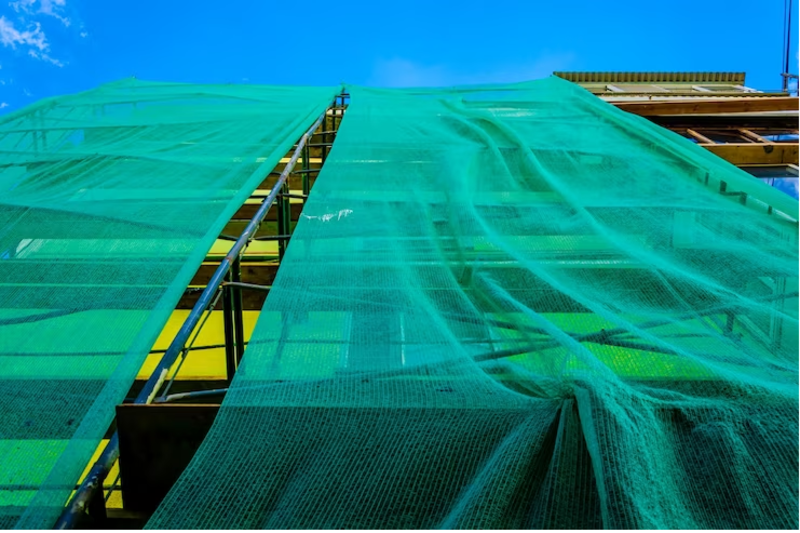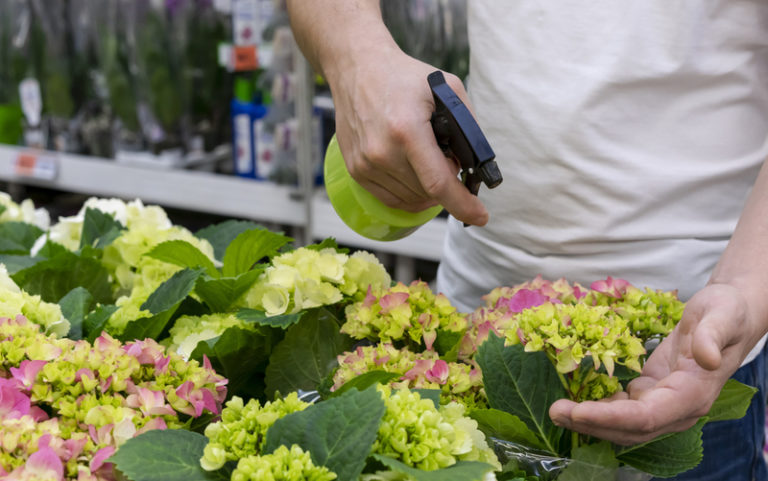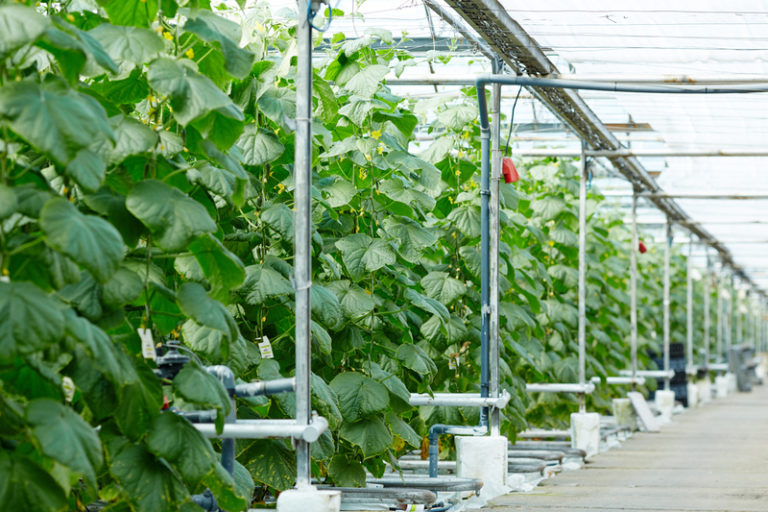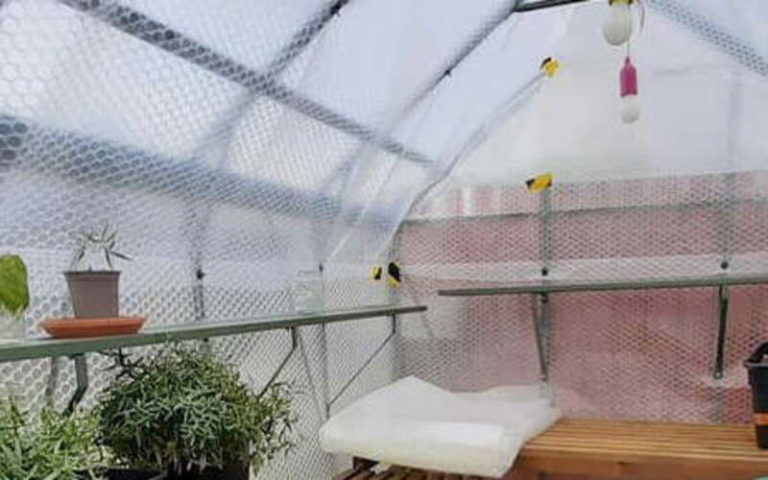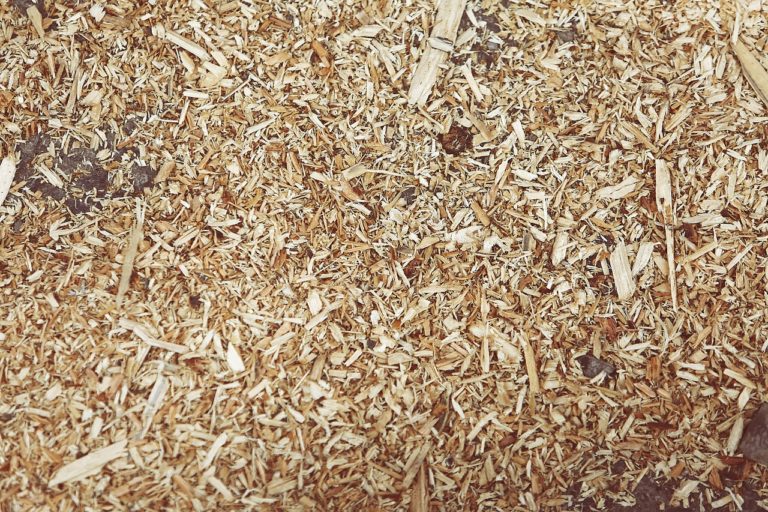Agriculture Sun Shade Net: The Key to Growing Healthy and Thriving Crops
Agriculture sun shade nets have revolutionized modern agriculture by providing an efficient and effective way to regulate the temperature, light, and moisture of the environment in which crops are grown. Shade nets come in many different sizes, shapes, and materials, and they have a lot of benefits for farmers, such as helping them get more crops, using less water, and staying safe from UV rays.
Benefits of Agriculture Sun Shade Net
The biggest benefit of sun shade nets for agriculture is that they help lower the temperature of the area where crops are grown. This is important because high temperatures can damage plants and cause them to wither and die.
Shade nets work by blocking out the direct sunlight, which helps to regulate the temperature of the environment, making it more comfortable for plants to grow.
Another benefit of shade nets is that they protect crops from harmful UV rays. The sun’s UV rays can cause damage to plant cells, reducing their ability to produce food and grow. Shade nets block out the UV rays, which helps protect crops from damage and ensures that they can continue to grow and produce food.
Shade nets also reduce water evaporation, which is essential in regions with limited water resources. Water is a precious resource, and farmers need to use it wisely.
Shade nets help reduce water evaporation by creating a humid and cool environment that allows crops to retain moisture, making it possible for farmers to conserve water while still providing optimal growing conditions for their crops.
Types of Agriculture Sun Shade Net
There are different types of agriculture sun shade nets, each with its specific properties and advantages. The most common types of shade nets include:
Knitted shade net:
This is a type of shade net made of polyethylene material. It is highly breathable and provides adequate ventilation for crops. It is ideal for areas with high humidity and precipitation.
Woven shade net:
This is a type of shade net made of high-density polyethylene material. It is strong and durable and can withstand strong winds and heavy rainfall. It is ideal for areas with harsh weather conditions.
Monofilament shade net:
This is a type of shade net made of polyester material. It provides a high degree of UV protection and is ideal for crops that require shade and protection from direct sunlight.
Aluminized shade net:
This is a type of shade net made of aluminum material. It provides high reflectivity and UV protection and is ideal for crops that require a high degree of shade and protection from the sun’s harmful rays.
Factors to Consider When Choosing Agriculture Sun Shade Net
Choosing the right shade net for your farm is essential to ensuring that your crops get the best growing conditions. Some factors to consider when choosing an agriculture sun shade net include:
Shade percentage:
This refers to the amount of sunlight that the shade net blocks. The shade percentage ranges from 30% to 90%. The amount of shade required depends on the type of crop and the weather conditions.
Color:
The color of the shade net can affect the temperature of the environment. Lighter colors reflect more light and heat, while darker colors absorb more.
Material:
The material used to make the shade net can affect its durability and effectiveness. It is important to choose a high-quality material that can stand up to harsh weather and protect your crops well.
Durability:
The lifespan of the shade net depends on the material, weave, and UV stability of the net. It is important to choose a shade net that will last for more than one season and protect your crops as well as possible.
Installation and Maintenance of an Agriculture Sun Shade Net
Proper installation and maintenance of agriculture sun shade nets are crucial to ensuring their effectiveness and longevity. Here are some tips for proper installation and maintenance:
Prepare the soil: Before installing the shade net, remove any debris or rocks that may damage the net. Make sure the soil is level and free from any sharp objects that may puncture the net.
Install support structures: Shade nets require support structures to hold them in place. These structures can be made of wood, metal, or PVC pipes. Make sure the support structures are sturdy enough to withstand strong winds and heavy rainfall.
Hang the shade net: Once the support structures are in place, hang the shade net over them, making sure that the net is taut and level. Secure the edges of the net to the support structures using clips or ties.
Monitor the shade percentage: Monitor the shade percentage regularly to ensure that the net is providing the required amount of shade for your crops.
Clean the shade net: Shade nets can accumulate dust and debris over time, which can reduce their effectiveness. Clean the shade net regularly using a soft brush or water to remove any debris or dirt.
Replace damaged nets: If any part of the shade net is damaged, replace it immediately to ensure that your crops are adequately protected.
Conclusion
Agriculture sun shade nets are a game changer in modern farming. They provide an efficient and effective way to regulate the temperature, light, and moisture of the environment in which crops are grown. Choosing the right shade net, installing it properly, and maintaining it regularly can help farmers increase their yield, conserve water, and protect their crops from harmful UV rays. With the right shade net, farmers can create an optimal growing environment that ensures healthy and thriving crops.
Q: What is an agriculture sun shade net?
Ans: Agriculture sun shade net is a woven mesh material designed to regulate the amount of sunlight and temperature that crops receive. It is commonly used in agriculture to protect crops from excessive heat, UV rays, and other environmental factors that can negatively affect crop growth and yield.
Q: What are the benefits of using an agriculture sun shade net?
Ans: Agriculture sun shade net has several benefits, including regulating the temperature and light of the growing environment, reducing water evaporation, protecting crops from harmful UV rays, and increasing yield and quality of crops.
Q: What factors should be considered when choosing an agriculture sun shade net?
Ans: Some of the factors to consider when choosing an agriculture sun shade net include the percentage of shade required, the type of crop being grown, the size and shape of the growing area, and the environmental conditions in the area.
Q: How do I install an agriculture sun shade net?
Ans: Agriculture sun shade net requires support structures such as wood, metal, or PVC pipes to hold it in place. The net should be hung over the support structures and secured in place using clips or ties. It is important to ensure that the net is taut and level to maximize its effectiveness.
Q: How do I maintain an agriculture sun shade net?
Ans: Agriculture sun shade net should be monitored regularly to ensure that it is providing the required amount of shade for the crops. It should be cleaned regularly to remove any dust or debris that may accumulate on the net. Damaged parts of the net should be replaced immediately to ensure that the crops are adequately protected.
Q: Can an agriculture sun shade net be used for all types of crops?
Ans: Agriculture sun shade nets can be used for a wide range of crops, including fruits, vegetables, flowers, and even livestock. However, it is important to consider the specific needs of each crop and choose the appropriate shade net to ensure optimal growth and yield.
Q: How long can an agriculture sun shade net last?
Ans: The lifespan of an agriculture sun shade net depends on various factors, such as the quality of the material, the frequency of use, and the environmental conditions in which it is used. On average, shade nets can last between 3 and 5 years with proper maintenance and care.
Also Read:
Rain Protection in Agriculture: Overcoming the Challenges for Better Crop Yield

